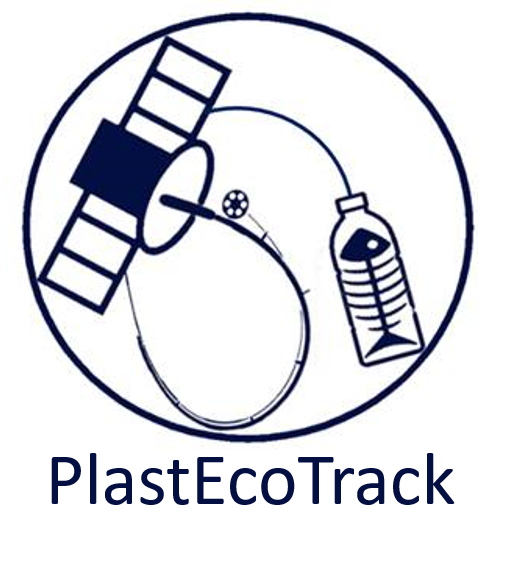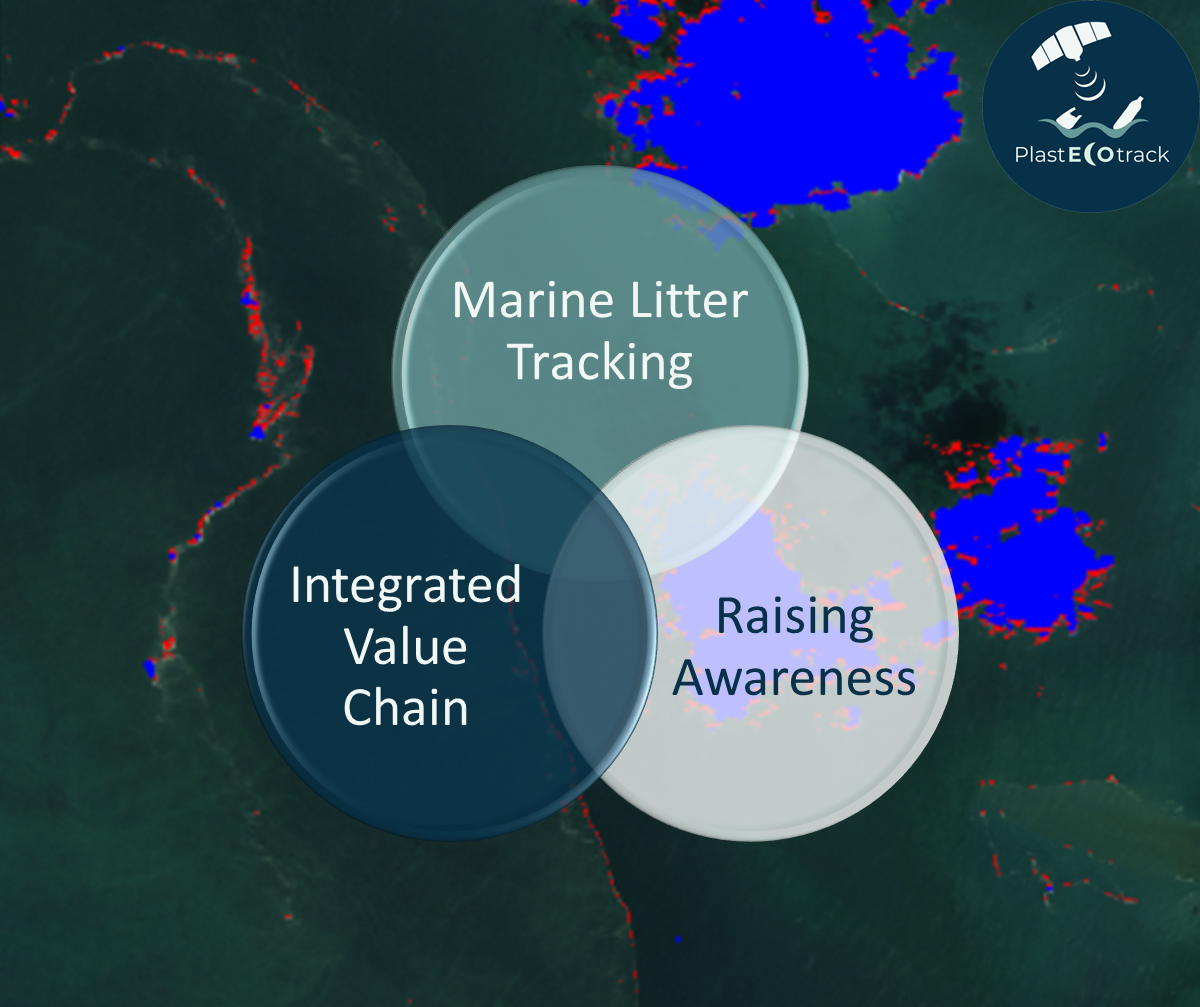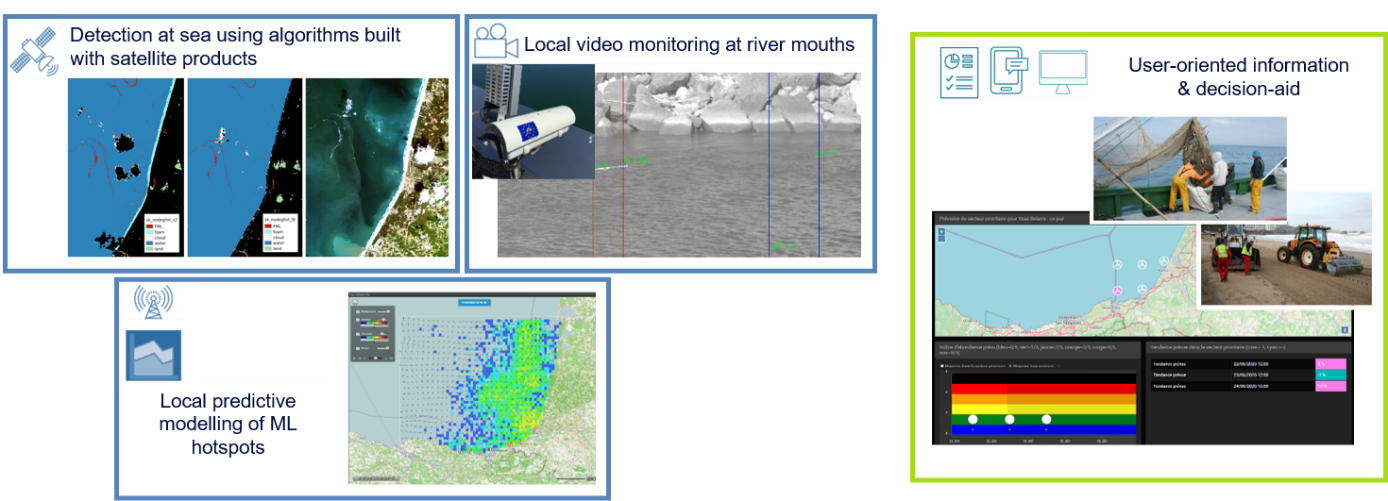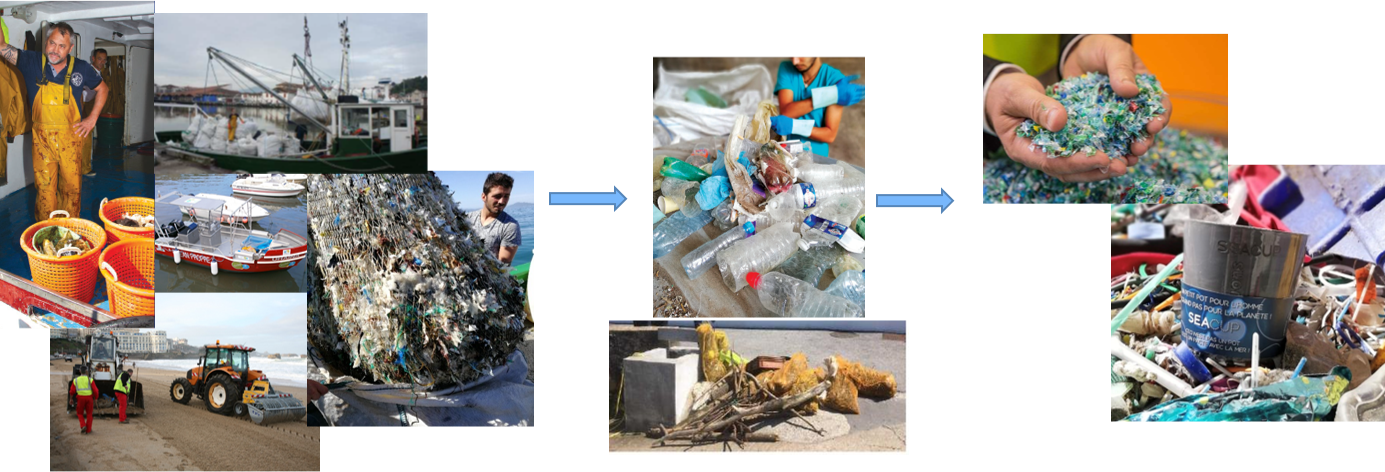
Objectives of the service

Marine litter is one of the most important environmental challenges that humanity faces today, as it affects all the oceans and seas to a greater or lesser extent, regardless of where the waste comes from. According to the World Economic Forum, with the current trajectory, plastic could outweigh fish in the oceans by 2050. Damages to marine life are tragic, while marine litter also threaten public health, maritime safety and economics of coastal regions.
The services studied rely on a central solution aiming at tracking ML in the coastal area to support reduction actions both upstream (source reduction) and downstream (collect operations at sea and on beaches). The solution proposed combines innovative technologies including Earth Observation from space to improve knowledge about marine litter and provide decision-aid to optimize reduction operations. To support the financial viability of this solution, its inclusion is studied in an integrated circular economy channel. The value chain covers the whole operation cycle from the collect of marine litter to its revalorization, with a maximization of the involvement of local stakeholders, starting with the fishing community.
Users and their needs
-
The service is primarily intended to public administrations, NGOs or other stakeholders committed to marine litter reduction: the service provides a support to define and to optimize local to regional strategies for marine plastics reduction
-
The Service includes a marine litter tracking solution, which is intended to be used by teams on the field to optimize their collect work, who represent a second category of end-users. Pilots of vessels collecting litter at sea, especially fishermen involved in depollution, can use the service to target areas at sea where most of the litter will accumulate and thus maximize the amount of collected waste.
-
A third type of end-users are waste services companies, who can use the service similarly to optimize their litter collect operations on beaches based on onshore arrivals distribution
-
Finally, the tool developed may be also useful for the scientific community as well as for environmental associations, through the information it will gather about the dynamics of FML and the awareness raising that could be achieved from the proper communication of this information.
The application area is worldwide because of the present ubiquity of marine litter, with users targeted in every country open to the sea.
Service/ system concept

The Service A “Marine Litter tracking in the water environment” combines 5 main innovative technological components:
- Detection of ML accumulations at sea from satellite remote sensing
- Continuous detection and evaluation of ML outflows at river mouths from ground measurements by videometry
- Prediction of ML transport in estuaries and at sea based on operational metocean-based models and observation systems
- Detailed monitoring of the collect effort at sea by a facilitated and standardized reporting tool, adapted to both active and passive fishing/cleaning, as well as to spotting by free observers
- Tailored information system (User Interface) providing real time decision-aid indicators produced to support collect operations.
To support the financial viability of this solution, the above decision-aid system is further included in a Service B “Design and implementation of an integrated value chain”. Developed by our consortium, the value chain covers the whole operation cycle from the collect of ML to its revalorization, with a maximization of the involvement of local stakeholders, starting with the fishing community. Main components of the economic chain are the marine litter collect, reception at port, transportation, recycling, regeneration, commercialization, and valorisation.

To ensure and complete the above services, Service C “Dissemination actions to raise awareness” aims at raising awareness about ML pollution through communication actions, to eventually contribute to reduce ML at the source.
Space Added Value
The main space assets foreseen in the frame of this project are Earth Observation products, and more precisely, high-resolution optical satellite imagery from the MSI sensor onboard Sentinel-2 and the OLI sensor onboard Landsat-8. Other sensors classically used in ocean-color applications might also be used in the frame of the project, such as OLCI onboard Sentinel-3, MODIS, or VIIRS. The use of these products will allow to increase knowledge about marine litter by detecting litter accumulation areas at sea. It will be combined with other monitoring and modelling tools to offer a unpreceded solution to track marine litter in the ocean.
Satellite Navigation and possibly Communication assets will also be mobilized as part of the proposed service, as part of the geo-localisation for the collect facilities at sea and along the shoreline, and the interactions with collect teams on the field.
Use case
During the first phase of the project, we have met 21 major organisations, experts in the fight against marine litter, who expressed the current needs in their action. These enlightening exchanges permitted to define user requirements, which support the improvement of our service design.
Following the User Requirement Definition stage, the technical and economic feasibility of the proposed services was analysed focusing on different Use Cases, which were selected because of their remarkable adequation with the proposed services and have the advantage of:
-
identified end-users who are ready to commit to the proposed services development and exploitation,
-
a suitable technical feasibility of the different services proposed, including ML tracking technologies (i.e. satellite detection, numerical modelling, etc.) and the integrated value chain components, especially the presence of a significant local fishing community,
-
a credible financial viability supported by a realistic business model.
Current Status
The Feasibility Study was concluded successfully in March 2022. The consortium is interested in a follow up Demonstration Project. The team is currently in discussions with several pilot areas, identifying the best way forward.




